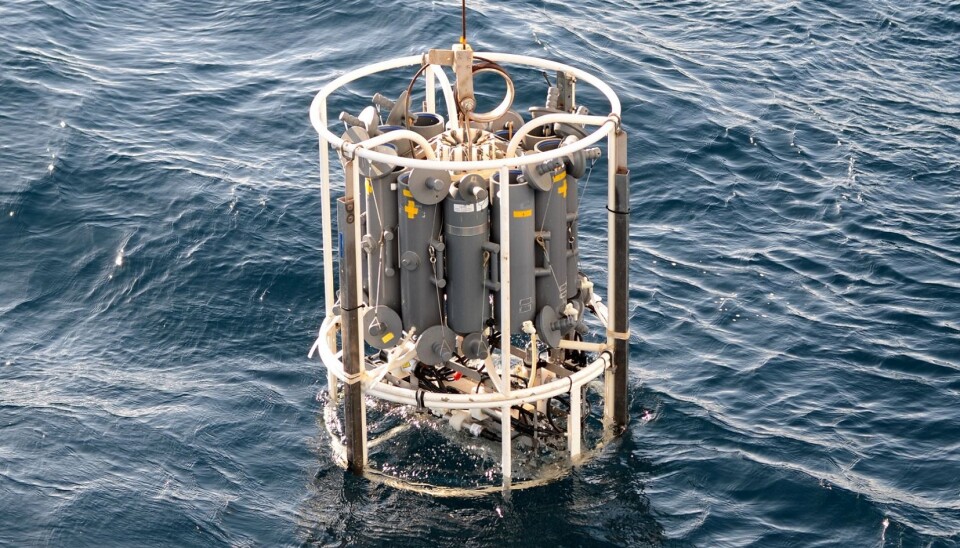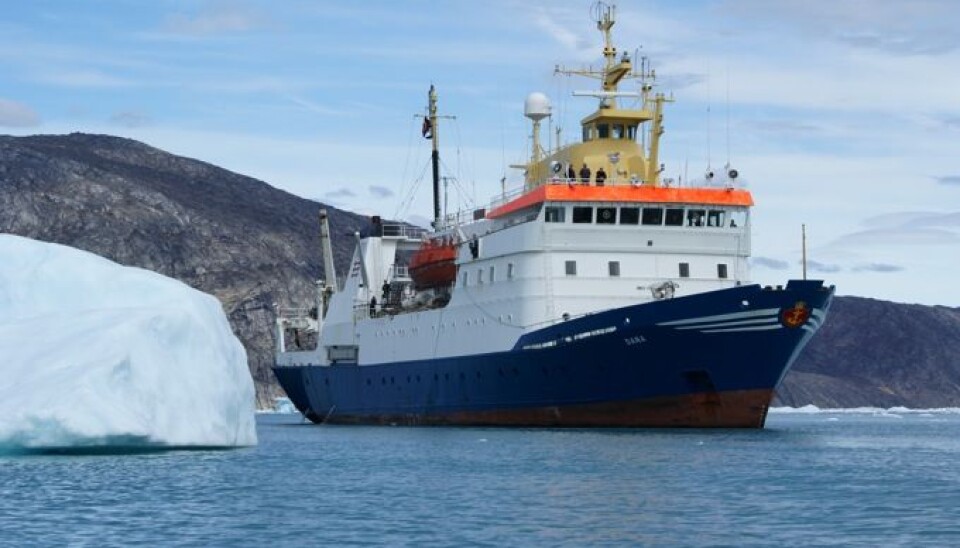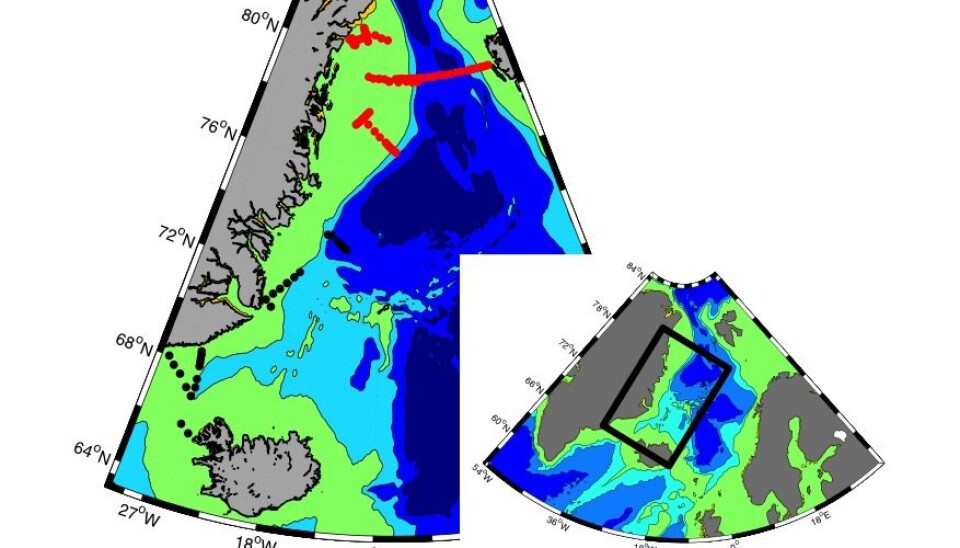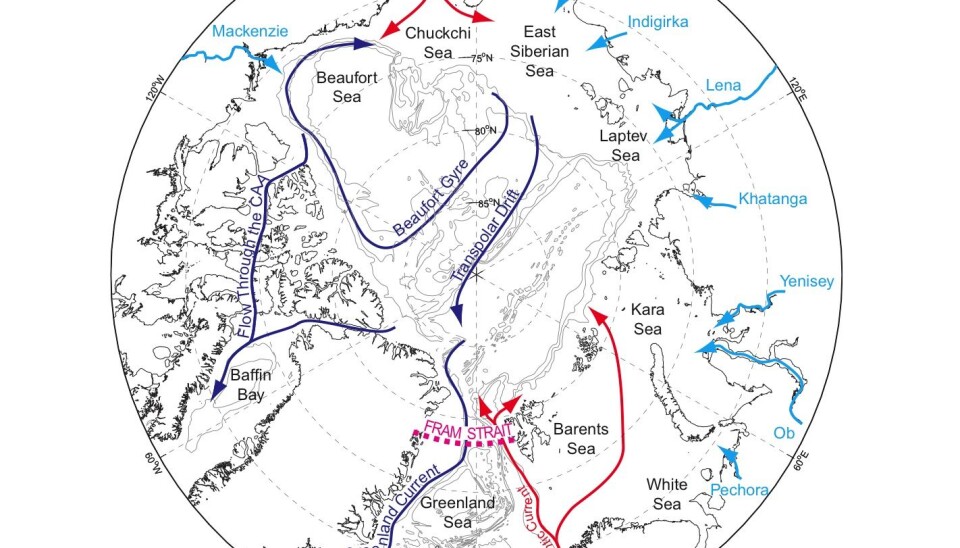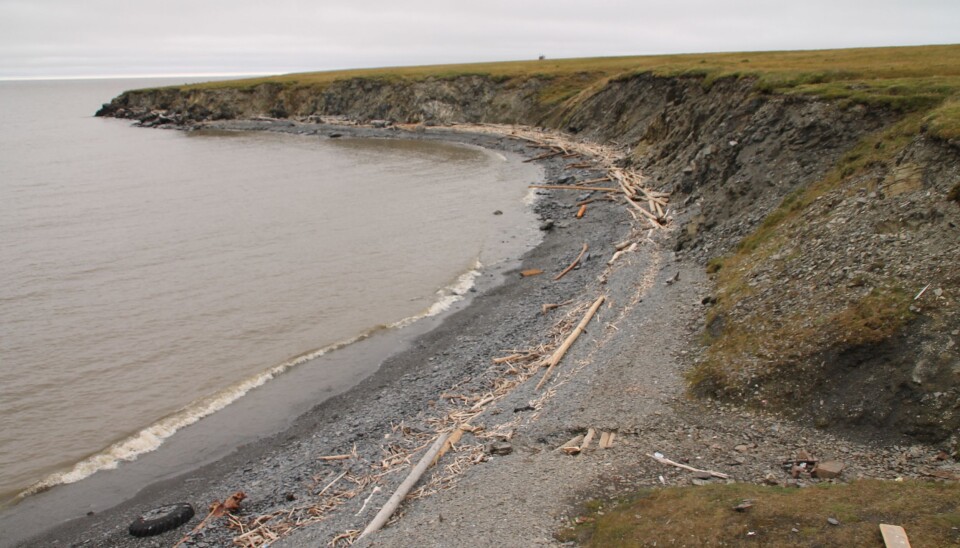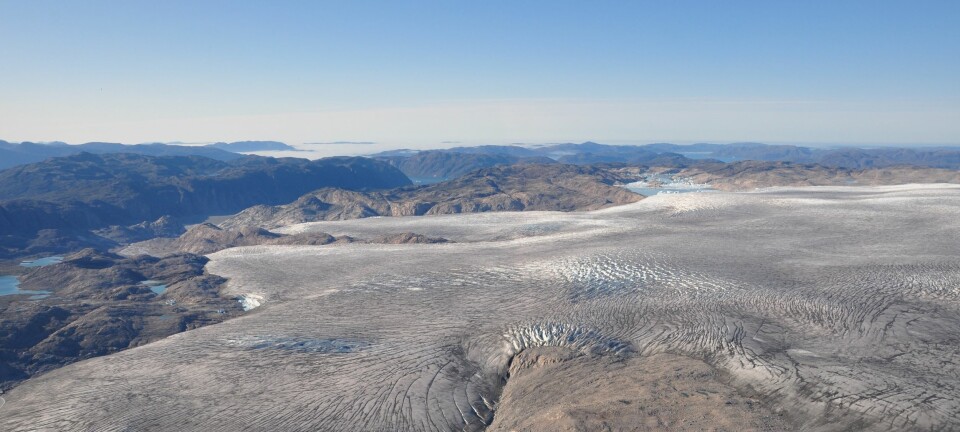Greenlandic fjords get their organic matter from Russia
GREENLAND: A simple chemical technique sheds new light on ocean circulation in the Arctic and could help improve computer models of ocean circulation.
Take a cup of water from a fjord on the east coast of Greenland and it will contain the traces of soil from Russia. It may sound strange, but this is exactly what scientists discovered when they sampled ocean water along the east coast of Greenland.
They were testing a new method to trace the sources of freshwater--water from rivers, glacial melt, or from the atmosphere in the form of rain or snow--in the Atlantic ocean.
“It’s a weird thought that you can take a sample of water on the Greenland shelf and trace it all the way back to Siberia. That’s a long distance!” says lead-author Colin Stedmon, from the Technical University of Denmark, DTU.
Stedmon and his colleagues from the Norwegian Polar Institute discovered a tell tale chemical signature of forest soil that is pumped into the Arctic Ocean via massive rivers along the Siberian coast as dissolved organic matter.
“We discovered that we can use organic matter from Siberia as a tracer in the Arctic Ocean,” says Stedmon. “And when we measure water the Fram Strait off the coast of East Greenland, the terrestrial signal that we measure is essentially from Siberia and not from Greenland.”
The results are published in the Journal of Geophysical Research: Oceans.
Simple chemical technique can improve computer models
Each year, Siberian rivers pump vast quantities of fresh water into the Arctic Ocean. And together with other sources of fresh water around the Arctic, they could disrupt vital ocean circulation that drive weather systems throughout Europe and North America. (See side story)
While computer models can simulate these ocean circulation systems, they need observations to validate their results and to identify where the fresh water has come from--glaciers, sea ice, or rivers. And this is important if you want to understand how these various contributions of fresh water into the north Atlantic might change in the future.
This is where Stedmon’s technique comes in.
“It’s basically forensics--we’re trying to trace the signature of different water masses, and their chemical composition is a way of doing that. It’s like a finger print,” says Stedmon.
Traditional salinity measurements are often used to trace freshwater in the ocean. But this new technique allows Stedmon and his colleagues to go a step further and work out the relative proportions of Siberian river water, glacial melt, or sea ice melt of this freshwater in the Arctic Ocean.
Read More: Melting Greenland ice has not slowed down ocean circulation
Siberian soil in Greenlandic fjords
Stedmon traced the dissolved organic matter in the waters around Greenland by measuring the water colour.
“Organic matter is humic material. You can look at it like tea. When you make a cup of tea, it changes from clear water to brown because you dissolved some leaves in it. That’s the same process that you see in a forest lake,” says Stedmon.
This dissolved organic matter is carried out to sea by the large rivers along the Siberian coast, where it is diluted and transported around the Arctic to Greenland via the East Greenland Current (see the gallery above). Stedmon measured the amount of organic material in the water by seeing how much light was absorbed by the water and in which part of the spectrum using a spectrophotometer.
“Basically a little bit of the soil and the degradation of living plants and animals produce this organic matter. And we use this colour, like the colour of your tea, as a tracer,” he says.
Read more: Fjords catch loads of carbon
Mapping fresh water sources in the Arctic
While Stedmon wasn’t surprised that dissolved soil made it all the way from Russia to Greenland, he was surprised by just how easy it was to detect and measure.
“Now we’ve developed this technique that hadn’t been used before, we need to return each year and repeat our measurements,” says Stedmon, who has already collected more water samples from further north in the Arctic Ocean and will return to the Fram Strait in August this year to continue sampling.
Eventually he plans to gather enough data to map the organic matter content of ocean water over a larger area in the north Atlantic to see not only how much fresh water is entering the ocean, but specifically where it is coming from.
“We’re now working with a cruise from the Davis Strait, between Greenland and Canada, to see if we can trace it all the way round Greenland: Can we see the same patterns, or at least use the same approach? We have no idea!” says Stedmon.


